take a kernel of truth and butter it until it’s palatable.
The part I didn’t say at all is not told here. It’s told in my novel,
YEAH, BUT I DIDN’T.
I wrote that one a few years ago, when I finally felt far enough away to know
that I wouldn’t spontaneously combust when the words hit the page.
That book holds all the truths.
Well, most of them, anyway.
What’s out there, the young girl wondered. And why do I feel like I’m missing it? An emptiness had begun to gnaw at her from somewhere deep inside. She didn’t know the name of that feeling, couldn’t put it into words at all, but she was determined to try.
The very next morning, school pencil clutched in one slender hand, the girl wrote her first story. The main character turned out to be a questing teen a few years older than herself—old enough to stick out a thumb and catch a ride.
Her pencil flew across the page, from sharp graphite point to soft, smeary nub. All day long the girl gave life to the feelings tormenting her. Characters came and went. The pink eraser shrunk. The main character traveled on.
Eventually the girl wrote enough words.
She felt better. Her main character had made it all the way across the country, away from the things that constituted real life.
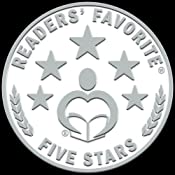
Later, she won a prize for her writing. At the award ceremony she had to stop—just before going on stage to read the tale aloud—and ask her teacher how to pronounce writhing. Even though she’d written it, she’d never heard it spoken.
“Is it a long i or a short i sound,” she asked the teacher? She felt ridiculous not knowing. But this was eons before Google. And she’d never thought to look it up in her Webster’s. After all, she knew the meaning. She had read it in her library books.
Years later, she returned to sit at the New Releases table in the local bookstore, a stack of to-be-signed-books at her elbow. Her old teacher approached and pulled out an early copy of his own. Without preamble he said, “I suppose you live in New York now.”
She grasped the book he laid before her. “Why no,” she replied. “Not at all.” She sensed he wanted to say more. “Do you still write?” She recalled how vividly he had read aloud his poetry one day in class.
He shrugged. “I still dabble,” he said. “But every year I tell my new students about you. About how you didn’t know the pronunciation of a word even though you knew its meaning. And about how that never slowed you down.” He tapped her book title with his forefinger. “Writhing at the Door,” he read. “That was the word, writhing. I’ll never forget it.”
His voice softened. “Your book already has a special place on the shelf in my classroom. I tell the kids you followed your dreams to New York where you live in a loft apartment overlooking Central Park. I’ve made up a whole writing life for you, thinking you’d never return here to Backwater, Texas.”
She opened the cover, laughing. “Thank you. To be the main character in someone else’s made-up story truly makes me happy.”
The teacher relaxed. “I’m glad you don’t mind.”
“I feel like a star,” she said, thinking of her sweet little apartment in Dallas, not so far away. She wasn’t rich. Didn’t have a blockbuster novel, but she had a loyal following, and the words still filled the spaces inside her soul.
She took up her pen. On the flyleaf of her very first novel, she wrote:
Mr. D--
Thank you for not making a simple high school scribe feel like a fool.
All my best,
B--
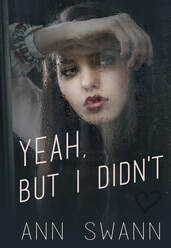
Yeah, But I Didn’t by Ann Swann
Benji Stevens is 14 years old when her world falls apart. Betrayed, bullied, and battered emotionally, physically, and spiritually, her life spirals out of control. She is certain there is nowhere to turn and nothing to live for. Yet in the midst of the darkness there appears an array of hope in the form of her crazy uncle, her single mom, and a host of other characters she never dreamed would be there to help. When she is forced to join the Yeah, but I Didn’t therapy group, Benji is finally able to confront her inner demons and embrace her own self-worth.
Author website: https://www.authorannswann.com
Amazon: https://tinyurl.com/pj5uc9j3
Facebook: www.facebook.com/annswann.books
Goodreads: http://tinyurl.com/6vuw7vl
Twitter: https://twitter.com/ann_swann
Instagram: https://www.instagram.com/annswann.author/

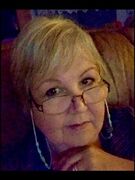
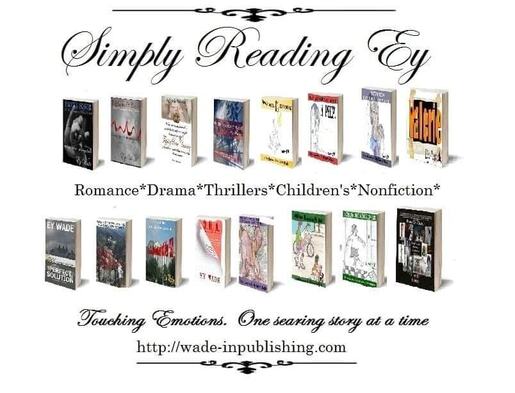
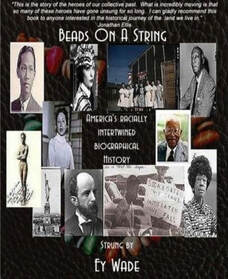

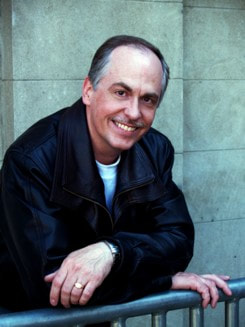
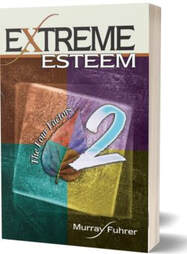
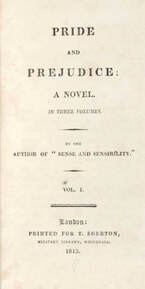
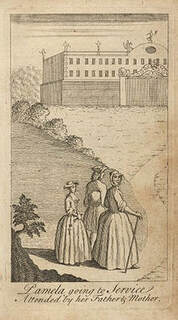
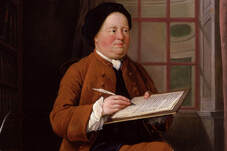
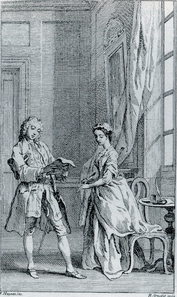
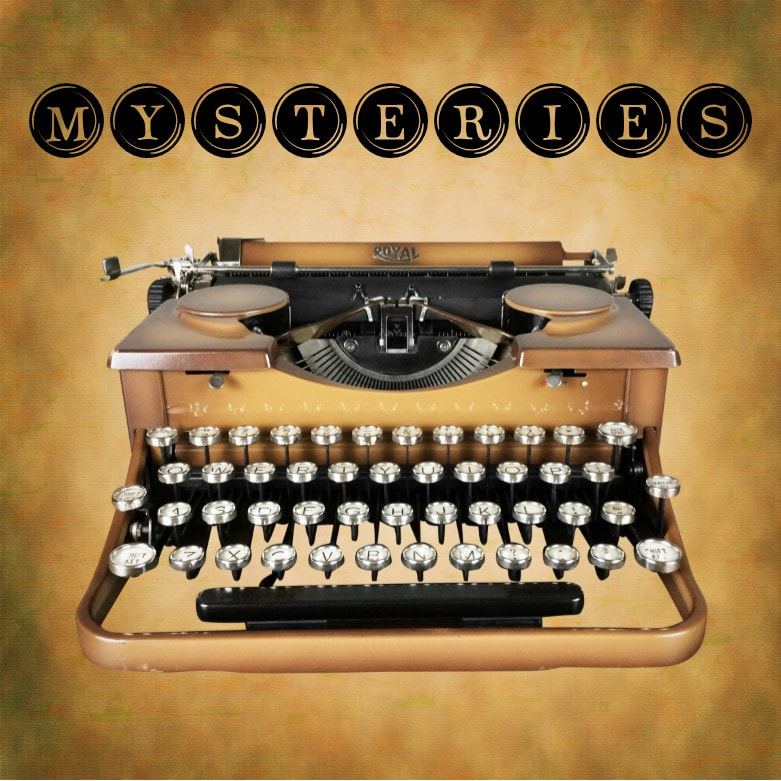
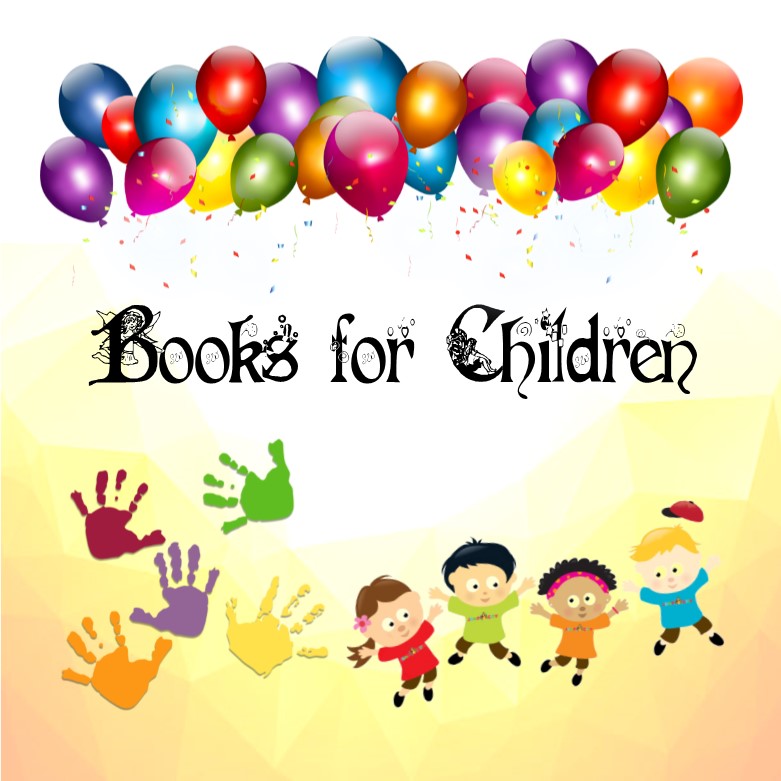
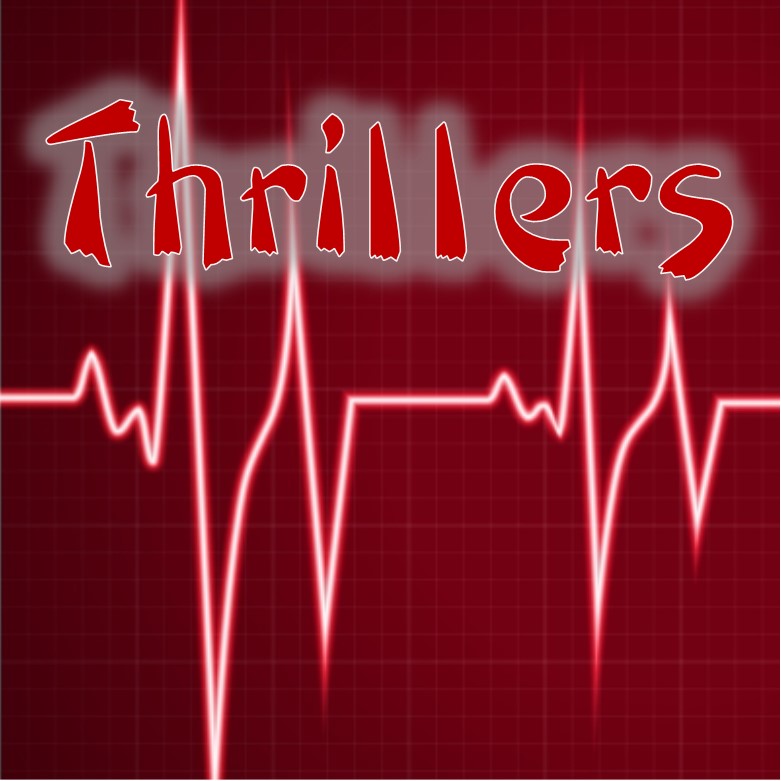
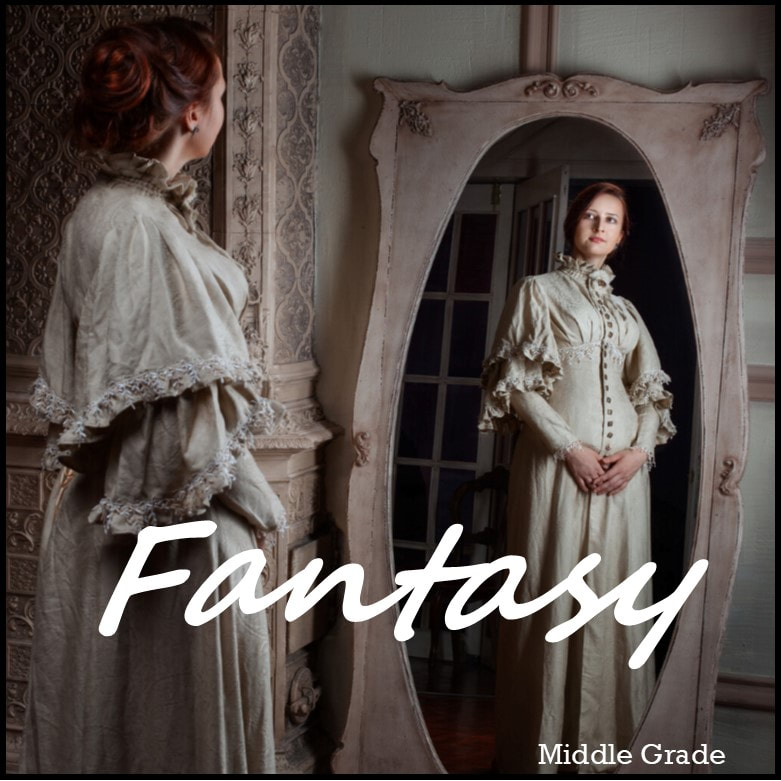

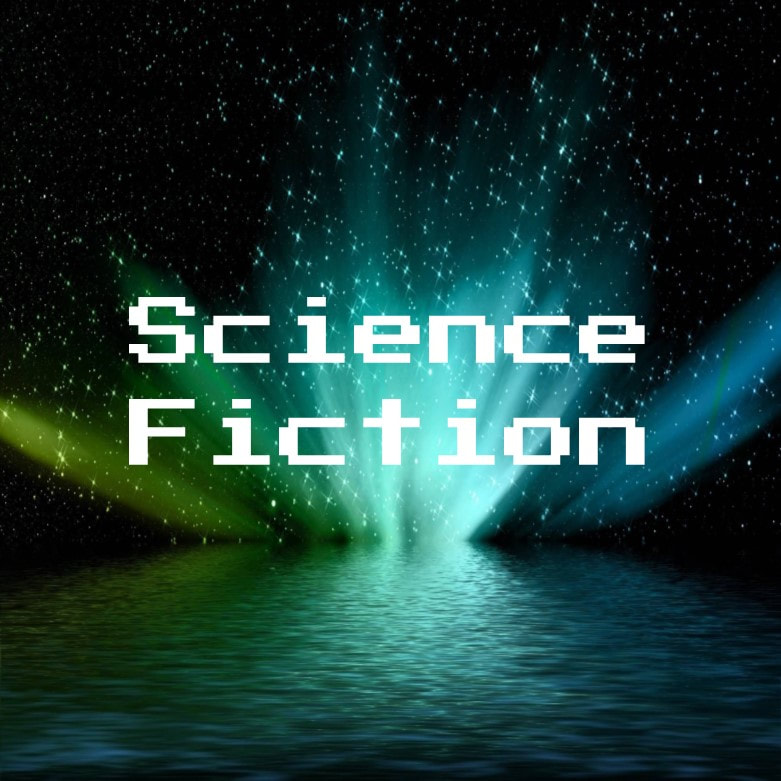
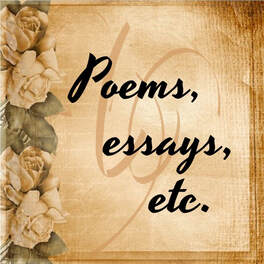


 RSS Feed
RSS Feed